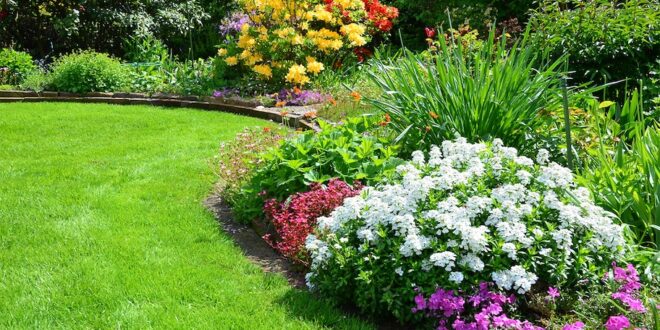Do you want a lush, green, and inviting landscape surrounding your home? With just a few essential maintenance tips, it’s not only possible but simple. Let us show you how to ensure a lush landscape that your neighbors will envy! Michaelangelo can be a great professional help for you. Strategies and make you renovation wholesome and amazing!
Lawn Mowing Basics
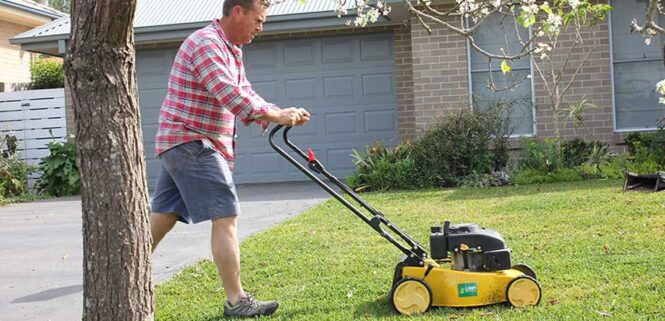
Proper and regular lawn mowing is one of the most important aspects of creating and maintaining a lush, healthy landscape. To ensure that your lawn looks its best, it’s important to follow some basic tips for lawn mowing including the frequency of mowing, the height of the cut, and how often to sharpen the blades. Remember to do your research and consider contacting a professional landscaper for advice such as collegefundlandscaping.com, as they may have additional insights into caring for your lawn
Frequency- Unless you are following a specific mowing schedule such as block mowing or rotating cuts between two adjacent strips, your lawn should be cut no more than once every other week. This frequency should be adjusted based on factors such as weather and type of grass so be sure to research these for your specific type.
Height- Proper height setting is also an essential component to lush, healthy grass. Mow at a slightly higher setting — no lower than two inches — compared to what you may have seen on golf courses or professional sports fields since these areas are often professionally managed with periodic fertilization and aeration applied on a routine basis. This means that they will have a higher-than-normal blade density which requires frequent cutting at lower heights in order to maintain proper soil nutrition levels and resilience against disease or weeds.
Blades- Finally, make sure that your blades are sharpened regularly as this can make a big difference in how well your lawn looks after it is cut. Blades become dull over time so having them sharpened periodically helps you obtain an even effortless cut without any ragged edges or gashes in the grass blades which can disrupt their natural growth pattern and nutrient flow from root system to blade surface area.
Watering and Fertilizing
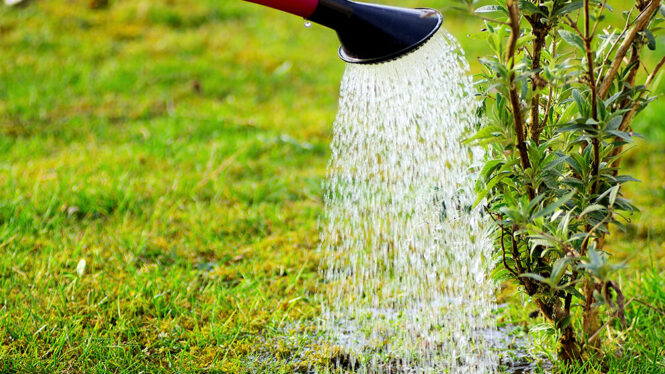
Having a well-manicured and lush lawn begins with proper watering and fertilizing. Watering helps to keep the grass healthy by providing the necessary moisture for growth and sustainability. Ideally, your lawn should receive one to two inches of water each week, applied evenly across the entire surface. During rainy periods or in humid climates, you may need less water. A rain gage can be a great tool for monitoring how much natural precipitation your landscaping is receiving.
Fertilization helps to add minerals, trace elements and nutrients to turfgrass that builds strong root systems and produces new stems and leaves more quickly. The type of fertilizer should depend upon the type of grass you have in your lawn (e.g., cool season or warm season). It’s important to look for a fertilizer brand that omits synthetic ingredients and follows an organic regimen as it will help decrease potential environmental impacts like runoff into nearby streams or rivers. And as always, practice moderation: Too much fertilization can stress lawns due to salt buildup in soil, resulting in dead patches or slow recovery times from wear and tear on turfgrass surfaces.
Weed Control
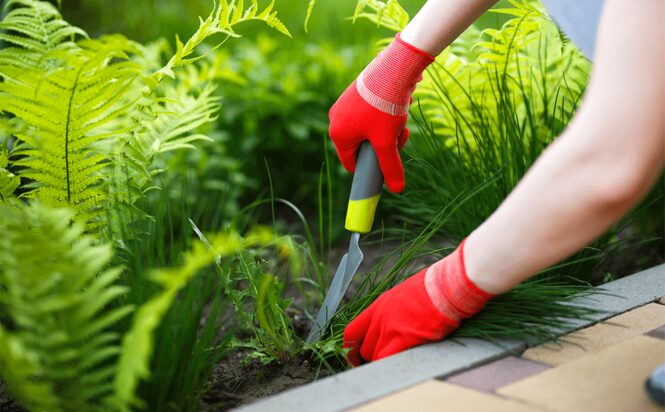
Weeds can be a major source of frustration when it comes to lawn maintenance. While these plants often look unattractive, they can also quickly spread and lead to significant damage if not removed and controlled.
Prevention is the best defense against weeds in your yard. To reduce the possibility of weed growth, regularly mow your lawn and be sure to sow weed-resistant seeds for new turf growth. You should also avoid excessively fertilizing or over-watering your lawn, as these activities can promote weed growth.
If weeds have already taken root in your lawn, manual removal is usually the best approach for smaller areas in order to reduce potential damage from chemical herbicides. Hand-digging and carefully removing root systems from small patches can be tedious but effective. For larger infestations or patches of particularly difficult-to-remove weeds, using herbicides with active ingredients like triclopyr will help eliminate them without damaging healthy grasses around them. Before using any type of chemicals however, it’s important to read product labels carefully to ensure proper and safe use.
Aeration and Overseeding
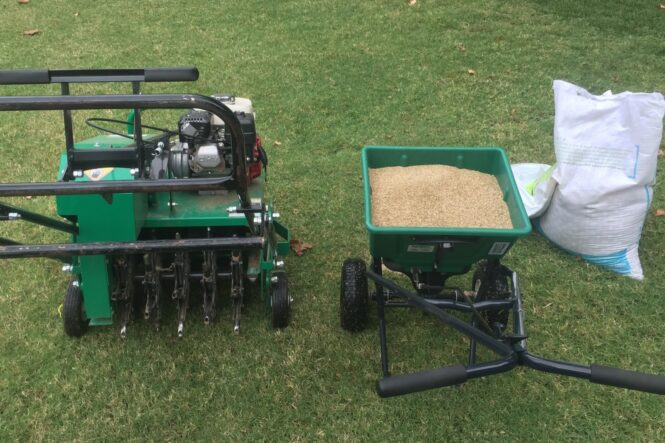
Aeration and overseeding are crucial components of lawn maintenance. Aerating your lawn helps alleviate compaction of the soil, which can lead to overcrowding of grass plants, making it harder for essential nutrients to penetrate the soil. Overseeding can help create a thicker and healthier look for your lawn by adding new grass varieties that are better suited for specific environmental conditions.
Aeration helps break up compacted soil, thereby allowing more room for water, air, and nutrients to move freely into the root zone. This improved drainage encourages deeper root growth that produces a thicker lawn—the goal of intense aeration. Overseeding is done over newly aerated soil before reseeding dried out patches or completely redoing your entire lawn. Overseeding can be done using either a conventional seed mixture or a combination of conventional and “perennial” grass varieties that are better suited for warmer climates or need less water than traditional varieties.
To properly aerate and overseed your yard, it is important to choose equipment or services like Heroes Lawn Care, which offers professional lawn care services specifically designed for the purposes you need—as well as those suitable for the size of your yard—that won’t cause damage to existing turf. Additionally, select grass seed based on the environment in which it will be planted; this includes factors such as climate, amount of sunlight available, how much water is available, soil quality and other factors related to specific geographical locations.
Lawn Pest Control
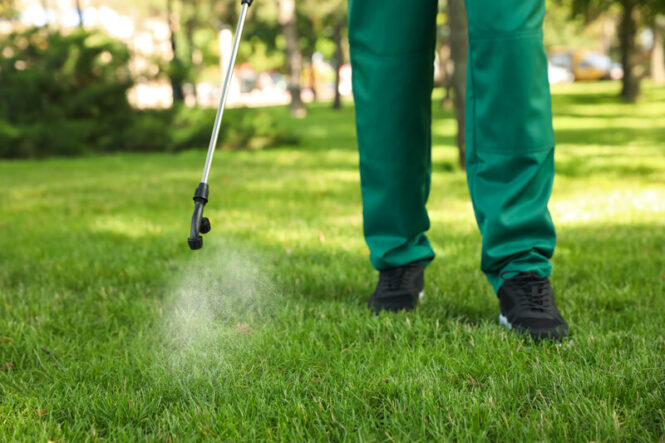
Pests can do serious damage to your lawn if left unchecked. These include animals like gophers, moles and voles, but also insects such as grubs and chinch bugs. If you notice any potential signs of infestation like brown patches of grass or small dug-up holes, contact a lawn care professional right away to have the pest identified and addressed quickly.
If a chemical control is needed, carefully read the instructions and do not apply more than the recommended amount. To prevent future damage from pests, it’s important to maintain a proper balance of nutrients in your soil — determine your soil’s pH level at least once per season — and regularly remove any debris or clutter where pests might hide or multiply.
If possible choose organic methods when feasible in order to protect beneficial insects while reducing any environmental concerns associated with chemical treatments.
Conclusion
In conclusion, with proper lawn maintenance, landscaping can enhance your home and help maintain its value. Taking a little time each week to care for your lawn will pay off in the long run, ensuring you have a lush, healthy outdoor space to enjoy throughout the seasons.
With just a few simple tips and tasks, you can maintain the stunning outdoor oasis of your dreams.
 Imagup General Magazine 2024
Imagup General Magazine 2024
